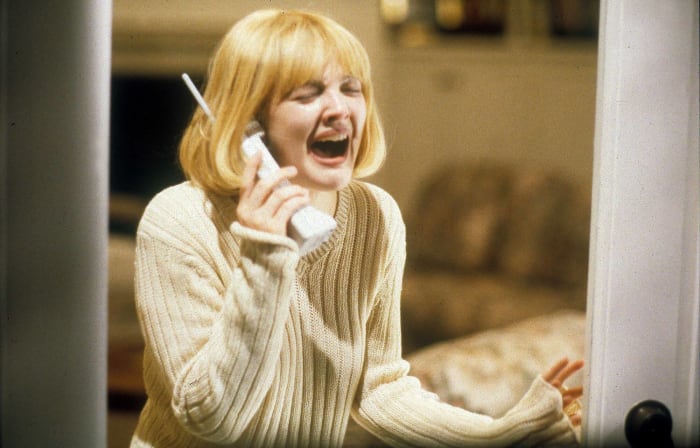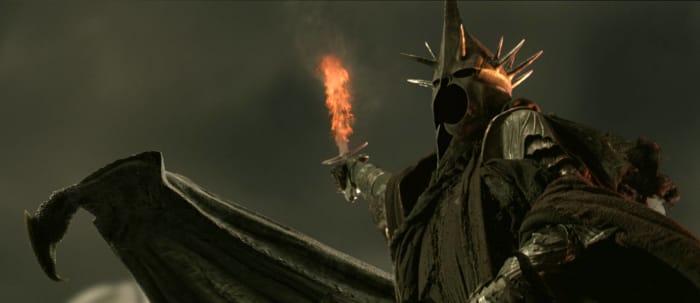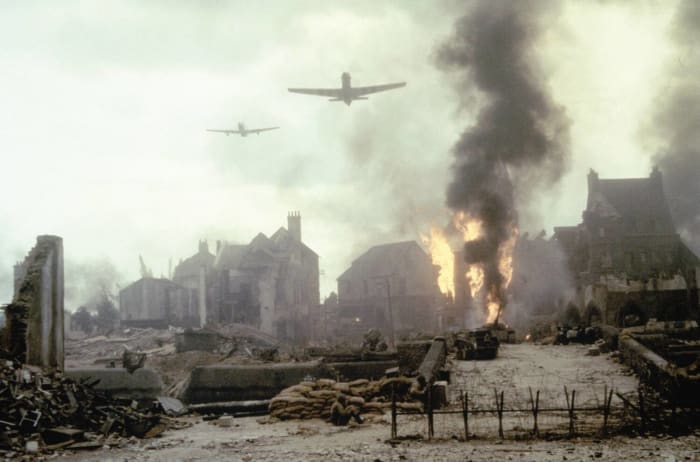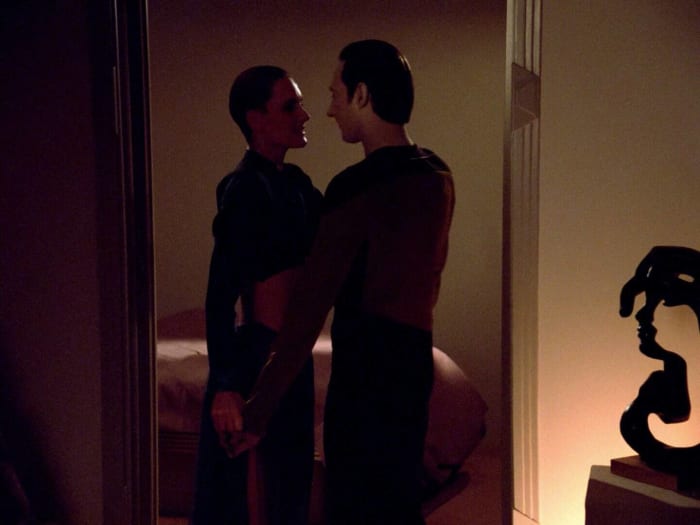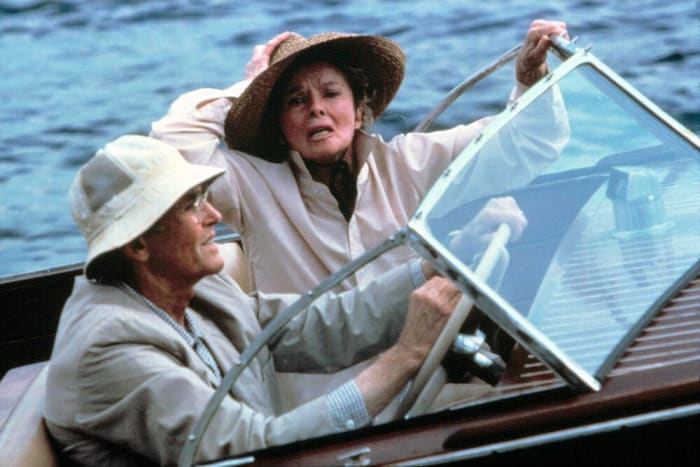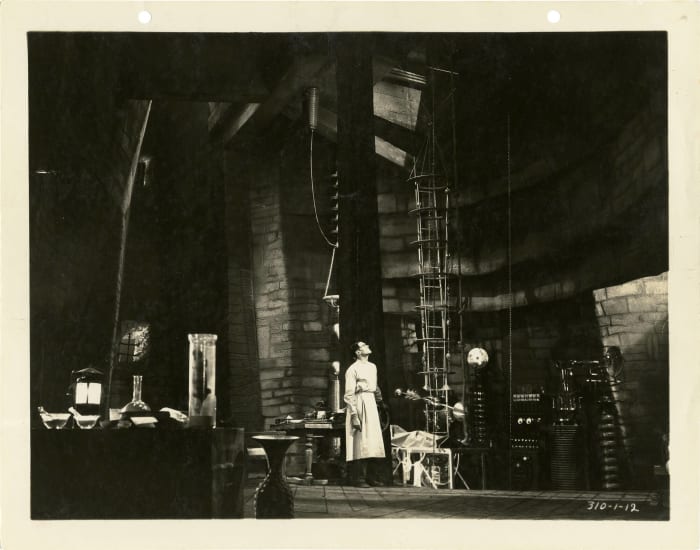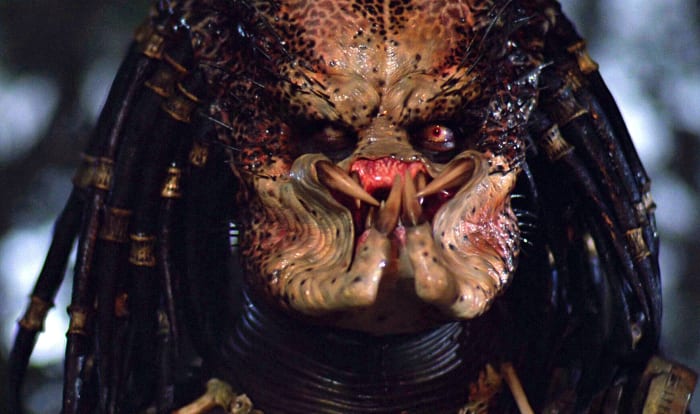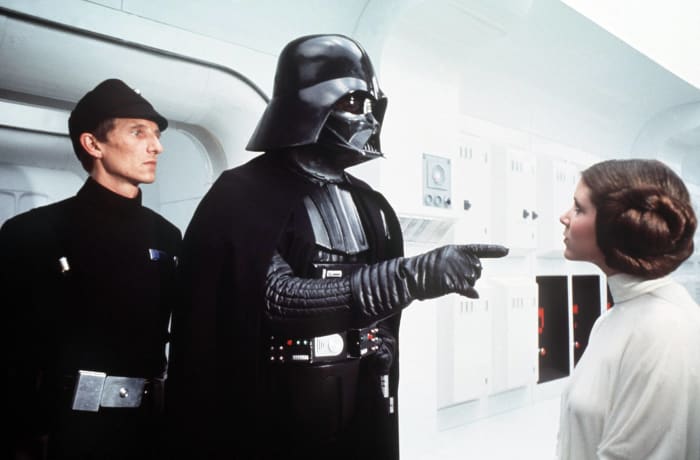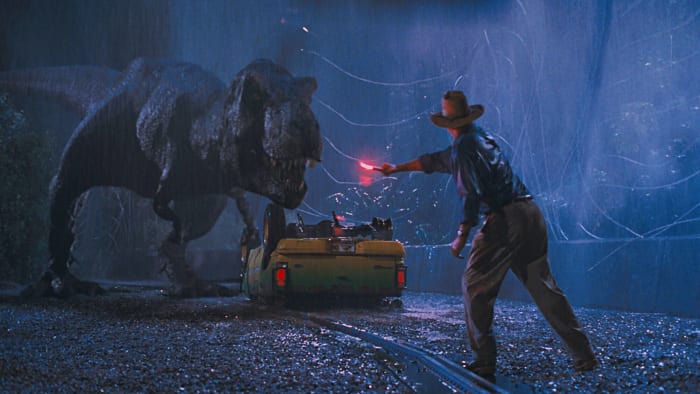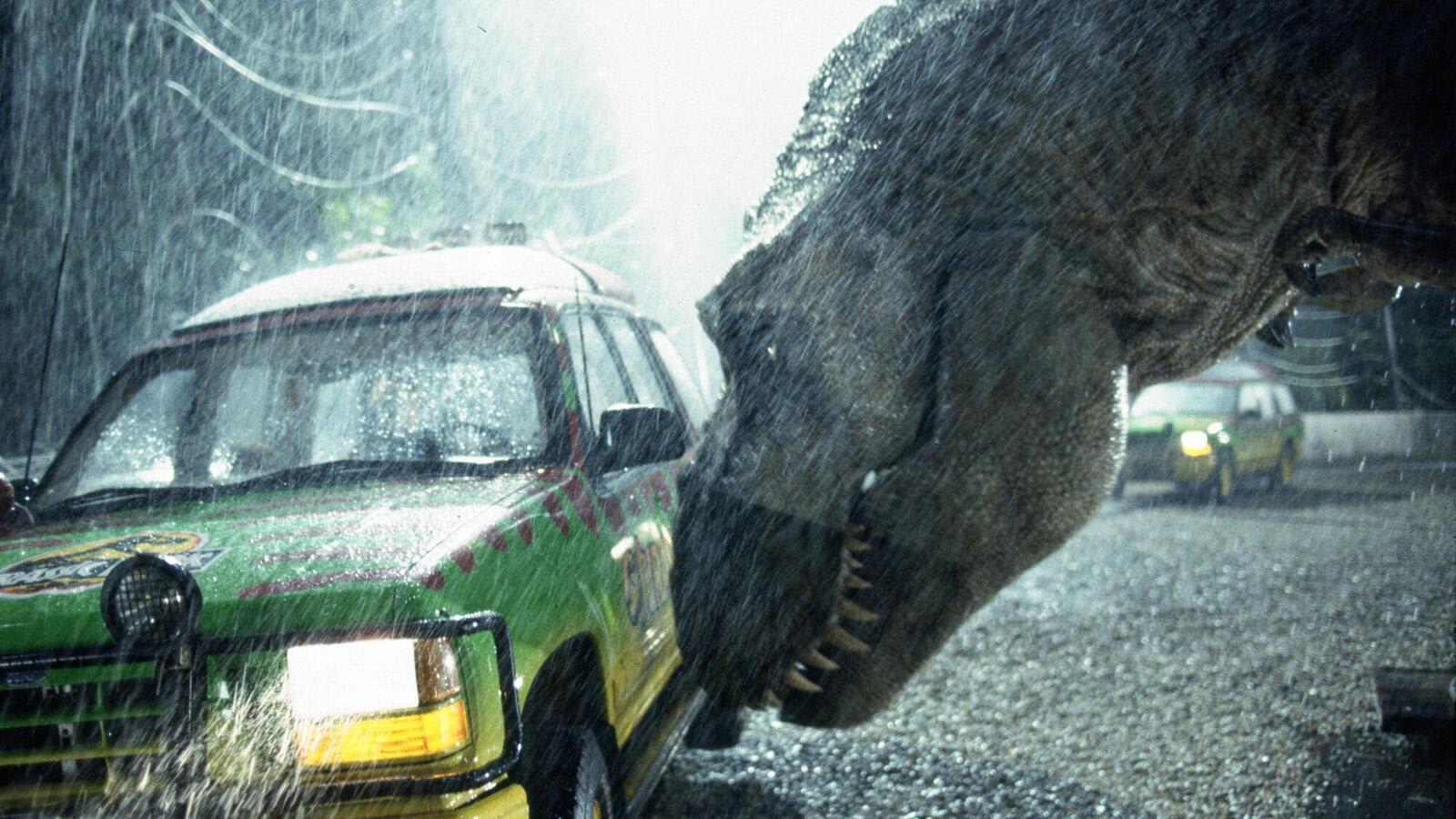
Bring the noise: 20 legendary cinematic sound effects
Sound effects are some of the most underappreciated aspects of cinema. Indeed, the visual nature of film as a medium often ensures that sound is taken for granted, particularly when it comes to various sound effects, which take a back seat to the image and other aural elements such as dialogue and music. This is unfortunate, as many films would lack their potency and power — and often their humor — were it not for the complexity of their sound designs. Thus, it’s worth looking back at the most iconic sound effects that have emerged in the movies, many of which have become as much a part of the canon as the movies in which they are found.
More must-reads:
- The 20 most memorable movie monologues of all time
- 18 standout scenes from otherwise miserable movies
- 20 A-list stars who regretted stepping away from their comfort zone
- 20 biopics that didn't care about getting the little details correct
- The 20 greatest film franchises of all time
Breaking News
Trending in Entertainment
Customize Your Newsletter
 +
+
Get the latest news and rumors, customized to your favorite sports and teams. Emailed daily. Always free!


